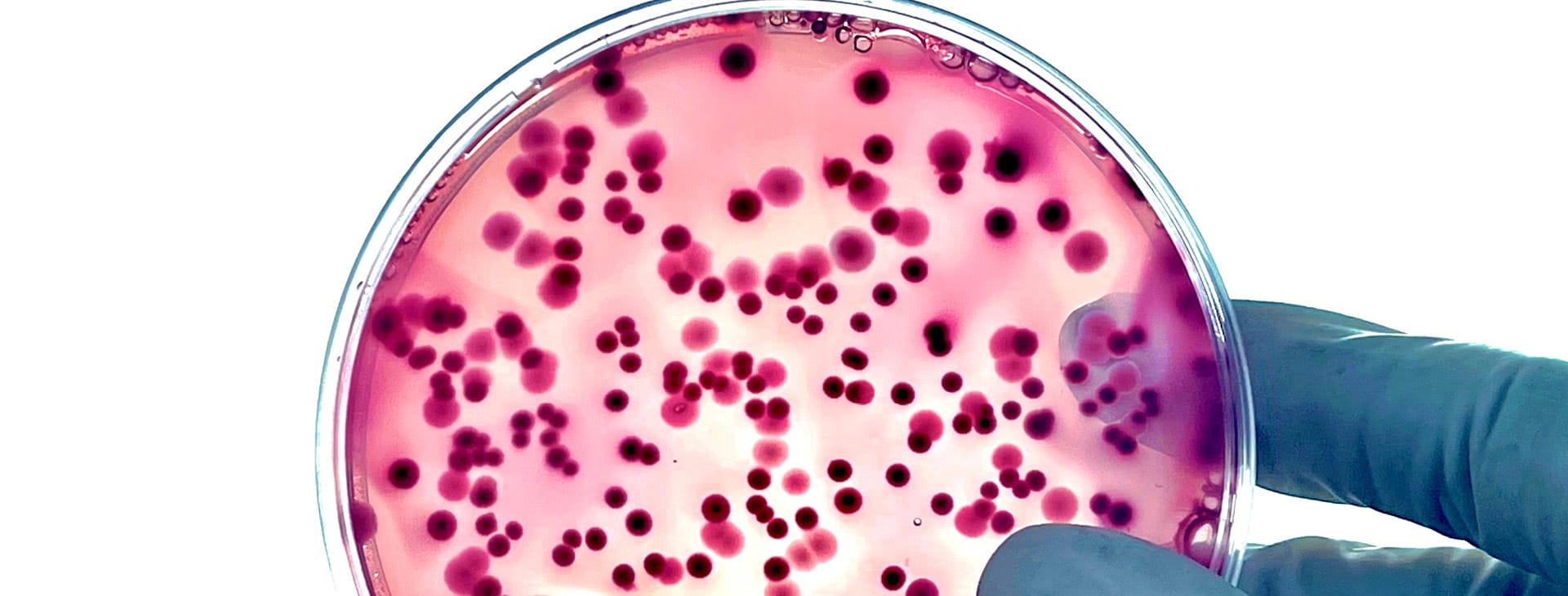What are BAC libraries?
Image credit: Shutterstock

Bacterial Artificial Chromosome (BAC) libraries are used alongside clone-by-clone sequencing – a way of assembling a long fragment of DNA (such as a gene, a chromosome or even a whole genome) from shorter sequencing reads.
- Earlier sequencing techniques produce short fragments of DNA during the sequencing process. These need to be reassembled in the right order to understand the sequence of the full stretch of DNA – such as a gene or even a whole genome.
- Clone-by-clone sequencing is one way of doing this, but the sequence must first be broken into chunks. These are stored in Bacterial Artificial Chromosome (BAC) libraries.
- BAC libraries were used during the Human Genome Project. Today, they are sometimes used to store genetic information.
What is a BAC library?
- BAC stands for Bacterial Artificial Chromosome. These are small, often circular, pieces of bacterial DNA that can be identified and copied within a bacterial cell.
- They can be used to store stretches of DNA from other organisms. The BAC acts as a vector, or molecular ‘vehicle’, to artificially carry the DNA into the cell of a bacterium, such as E coli to make a BAC clone.
- The bacteria are then grown to produce colonies that contain the same fragment of DNA in each cell. The BAC clones can be stored until needed – known as a BAC library.
- Breaking the DNA into fragments and storing it using BAC libraries is the principle of clone-by-clone sequencing – the technique used to sequence the entire human genome during the Human Genome Project.
- BAC libraries are not commonly used in large sequencing projects today, as clone-by-clone sequencing is no longer commonly used. However, they are sometimes used to store genetic information.
Making a Bacterial Artificial Chromosome (BAC) library
- First, isolate the cells containing the DNA you want to store. For animal and human BAC libraries, the DNA normally comes from white blood cells.
- These isolated cells are then mixed with a hot, jelly-like substance called agarose.
The whole mixture is poured into a mould to produce a set of small blocks, each containing thousands of the isolated cells. - The cells are then treated with enzymes to dissolve their cell membranes and release the DNA into the agarose gel.
- A DNA-cutting enzyme is used to chop the DNA into pieces around 200,000 base pairs in length.
- These blocks of gel containing chopped up DNA are then inserted into holes in a slab of agarose gel. The DNA fragments are then separated according to size by electrophoresis.
- On the other side of the gel, a solution of ‘markers’ are inserted. These are DNA fragments of known size which can be used to help identify fragments of DNA of a particular size. This ensures that the BAC library is made from DNA fragments of a particular size range. These sections of the gel are cut out and the DNA fragments are extracted.
- These DNA fragments are inserted into a BAC vector using an enzyme called ‘ligase’ to join the two ends of DNA together.
- They are now called BAC clones and are added to bacterial cells – usually E. coli.
- The bacteria are then spread on nutrient rich plates that allow only the bacteria that carry BAC clones to grow. This results in lots of bacterial cells, each containing a copy of the BAC clone.
- After they have grown, the bacteria are then ‘picked’ into plates of 96 or 384 so that each tube contains a single BAC clone.
- The bacteria can also be copied or frozen and kept until researchers are ready to use the DNA for sequencing. A BAC library has been created.